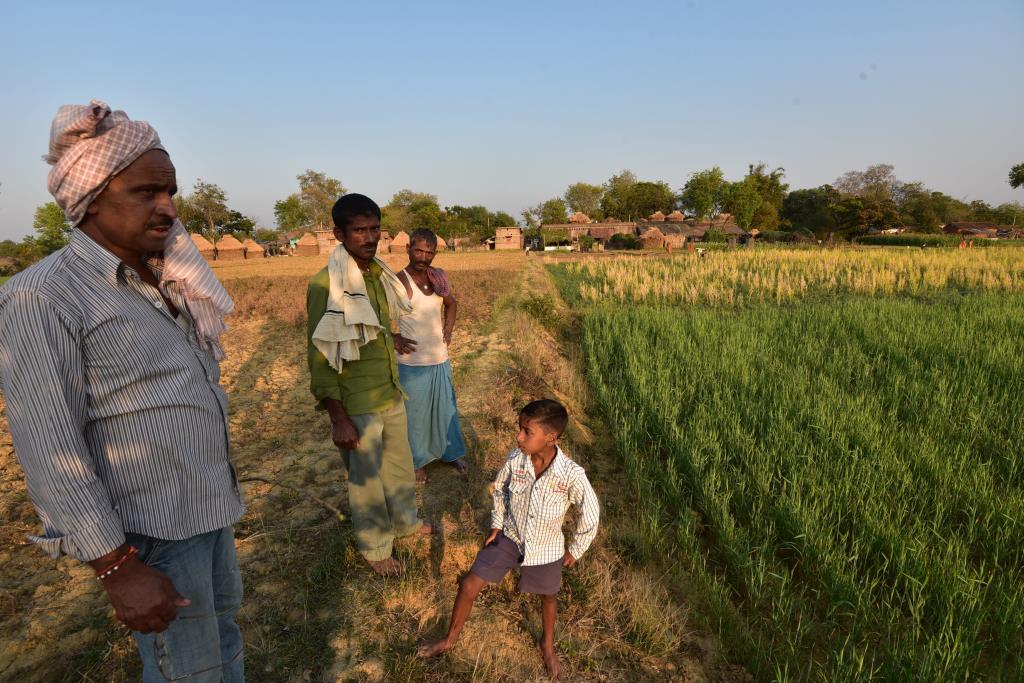Examples, lessons, and specific recommendations for communities, civil society organisations, and government agencies

INTRODUCTION: WHY THIS DOCUMENT?
March 2020 onwards, COVID19 pandemic related crises have affected hundreds of millions of people in India. Over 90% of the country’s workforce is in the informal or unorganized sectors, and the vast majority of primary and secondary sector producers are dependent on daily marketing to earn a livelihood. The shutdown of production facilities and the inability to reach markets has meant an immediate loss of livelihoods for them. For migrant workers, there is the additional impact of being stuck away from home, and with the sudden shutdown of public transportation, they have been amongst the worst sufferers. Lack of access to basic needs like food, water, housing and so on, have affected millions.
While the immediate humanitarian crisis is visible and has generated widespread spontaneous initiatives by civil society and by several state governments to provide relief, much less common are attempts to address root causes of the suffering. The COVID crisis has sharply exposed the deep faultlines of Indian economy, society and polity. This includes the extreme vulnerability of producers and workers, and within them of women, Dalits and Adivasis, and others who are already marginalized. It also includes the folly of depending on longdistance exchanges and trade for meeting basic needs. It has shown the deep links between ecological devastation and socio-economic deprivation. Overall, the inequality and unsustainability of predominant models of ‘development’ have been clearly demonstrated.
In such a situation it is vital that not only are immediate relief and rehabilitation measures in place, but simultaneously fundamental rethinking of economic, social, and political approaches takes place. India (like the rest of the world) desperately needs to find alternative pathways of well-being, that help generate dignified livelihoods for all, and that help us move towards ecological sustainability. It needs to facilitate the self-empowerment of communities (rural, rurban, urban), the building of capacity to govern and manage food, health, water, energy, shelter, education, and other basic needs and aspirations in ways that reach towards selfreliance and where possible self-sufficiency.
A movement towards such a society – swaraj in its real sense – is not only theoretical. It is already taking place in hundreds of initiatives across India. In this series of documents we would like to present such examples, from which crucial lessons can be learnt and adapted to achieve similar results elsewhere. We show how each of the major problems faced during COVID19 (all of which have been around for much longer, of course, but are more sharply visible now), has solutions, already demonstrated by communities, civil society, or government agencies somewhere in India.
We invite you to understand and learn from them, and distribute this document in whatever media and language you can. And if you have your own examples that you think others should know about, do pl let us know!
CONTACTS
General coordination: Juhi Pandey, [email protected], 9820039110
For facilitation on transferring key lessons from these initiatives to other sites and communities (in addition to the specific contacts provided in each story):
Gijs Spoor, [email protected], 9943820241 (only WhatsApp/SMS)

Kedia villagers at their field
Read / Download the entire document
Read a Graphic Novel based on this document
The same document, with translations into Indian languages
English
/
article/extraordinary-work-of- ordinary-people-beyond- pandemics-and-lockdowns/#. XwWmPvkzZNA Malayalam / മലയാളം
/
article/extraordinary-work-in- malayalam/#.XwWfBfkzZNA Hindi / हिन्दी
/
article/extraordinary-work-in- hindi/#.XwWl3fkzZNA Gujarati / गुजराती
/
article/Extraordinary-Work-in- Gujarati/#.XwWinfkzZNA Tamil / தமிழ்
/
article/Extraordinary-Work-in- Tamil/#.XwWmE_kzZNA Spanish / Espanol